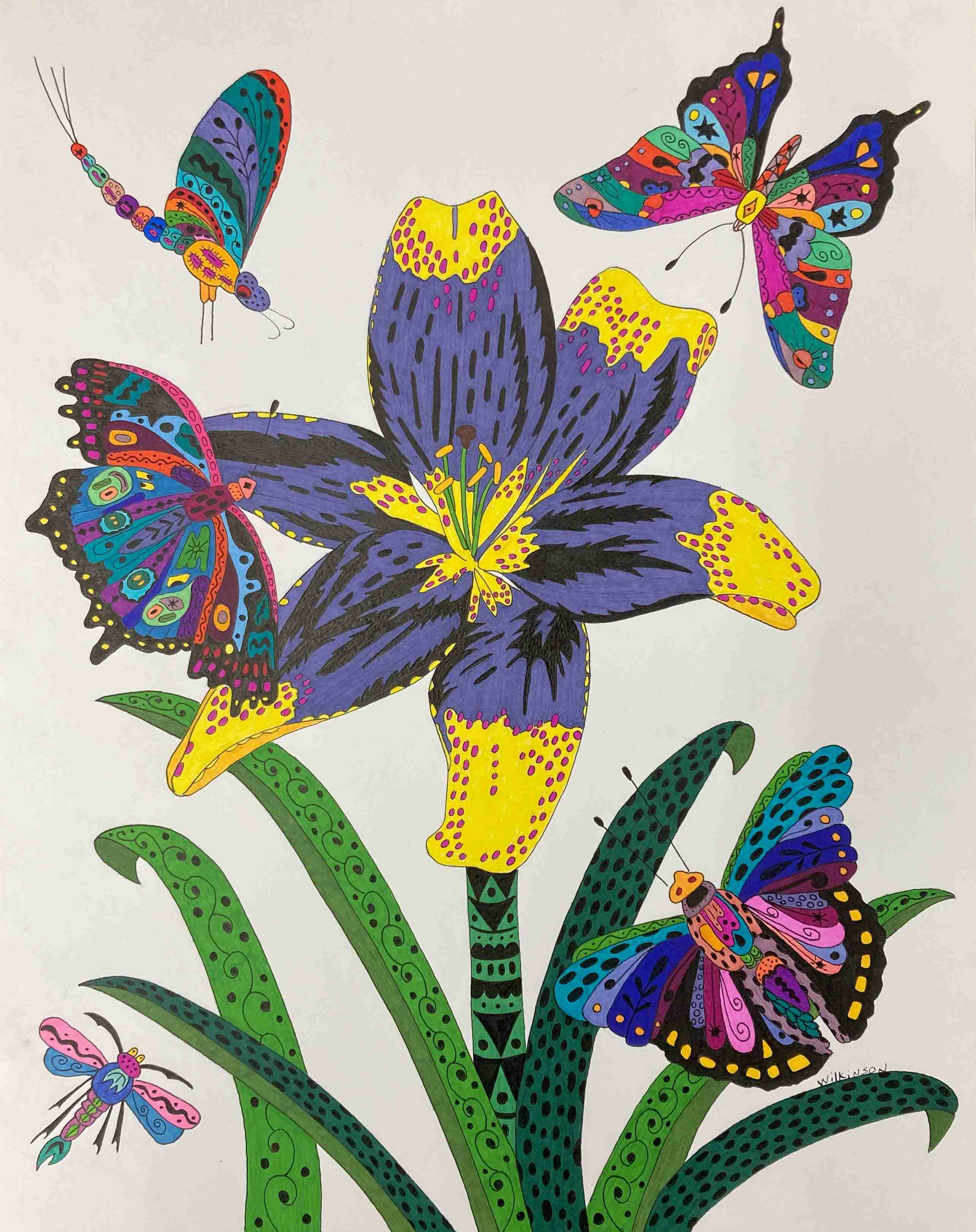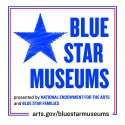BECK FAMILY CENTER GALLERY
Bugs and Blooms – Art by Carol Wilkinson
October 6, 2024 – January 12, 2025
• Exhibit Open: Tuesday – Saturday 10:00 am to 5:00 pm & Sunday 1:00 to 5:00 pm
• Gallery Admission – Free
GATHER AT THE GALLERIES – EXHIBIT OPENING RECEPTION
Saturday, October 5| 5:00 to 7:00 pm
Admission $10.00 | Cedarhurst Members – Free
• Open bar and appetizers | 5 to 6 pm
• Gallery hop to see the art and meet the artists | 5 to 7 pm
• Shuttle rides to Shrode Art Center | 6 to 7 pm
GALLERY SPONSORS:![]()
EXHIBIT SPONSORS:
Kevin and Cheryl Settle

Carol Wilkinson, Daylily and Butterflies, pen and ink on paper, 2024
Artist statement:
Artists don’t live in a vacuum. Everything they see, hear or feel goes into their art work. For this exhibit I had several different things that influenced me. One of the major influences on my work for several years has been Dutch Baroque floral paintings, called Vanitas. The paintings depicted gorgeous blooms in vases, with brilliant colors and a variety of flowers, but if you looked really closely the blooms were full of bugs. The Dutch were very moral people and the blooms represented the good things in life and the bugs were the bad things that can happen when one does not live according to their moral teachings.
Another influence was a documentary by David Attenborough on color. Attenborough talked about how insects do not see color the way we do. They see color on an infra-red wave length. That gave me the freedom to make the blooms and the bugs any color I wanted (not that I needed permission to use color my way).
Kim Walls Kimmerer book “Braiding Sweet Grass” was another source of information about color. As a young botanist Kimmerer wondered why the flowers in the field were purple and yellow. Other botanists were more concerned with the physical makeup of flowers and they considered color as nothing of importance to a flower. After much research and study Kimmerer determined that the color of the flowers is what attracted the pollinators. Thus color became very important to the flowers existence. I loved being able to justify my use of bright vivid colors for the flowers and the insects, especially the butterflies.
While I was working on this group of drawings, I found out that sunflowers are very very useful to humans. In Japan in the aftermath of the tsunami that destroyed the nuclear power plant the ground around the plant became radioactive. The Japanese then planted sunflowers in the ground. The sunflowers helped neutralize the ground and return it to its former natural state. I loved doing the sunflowers that is why there are 3 of them.
Insects and plants have a symbiotic relationship. The flowers need the plant to pollinate them and the insects need the flowers for nourishment. If you have ever seen Peonies with ants all over them you will see the power of nature working to benefit both the plant and insects.
I have spent the past year working on this set of drawings. They are labeled from 1 to 12. One is the first one I did and 12 is the last. I can see growth and change in them. I have really enjoyed working with the colors, the patterns and shapes I found in the plants and insects.
I started the series of Mandellas during Covid. Circles, dots, lines, and shapes have always been of interest to me. When you add color to the elements they take on a new dimension. Mandellas are the circle of life, plants and insects are all part of the circle of life.
Carol Wilkinson





